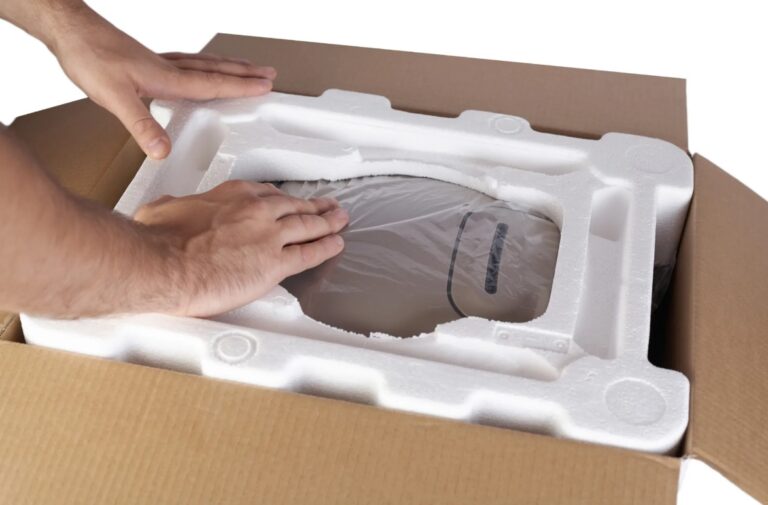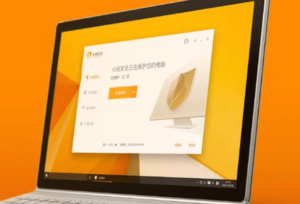Foam Moulding: Innovation, Durability, and Modern Applications
Introduction: Understanding Foam Moulding
Foam moulding is a manufacturing process that has transformed the way industries design, protect, and enhance their products. At its core, it uses polyurethane foam—a material known for its versatility, resilience, and ability to be shaped into complex designs. Through innovative moulding techniques, polyurethane foam can be engineered to create durable products with both functional and aesthetic qualities.
One of the most advanced approaches is integral skin or self-skin foam moulding, where the outer surface of the product forms a protective “skin” during the moulding process. This results in a tough, abrasion-resistant exterior that shields a softer foam core inside. From steering wheels and gear knobs to medical equipment and acoustic panels, foam moulding has become a cornerstone of modern design and engineering.
The Science Behind Polyurethane Foam Moulding
Polyurethane foam moulding is not simply about pouring liquid into a mould—it’s a controlled chemical process. Two components are mixed, creating a reaction that expands the foam within the mould cavity. As it cures, the material develops both its shape and properties.
- Surface Protection: The integral skin provides resistance against scratches, wear, and UV damage.
- Adjustable Hardness: The foam core can vary between 25 and 90 Shore A hardness, offering flexibility for soft-touch surfaces or rigid components.
- Design Versatility: Tooling can be etched to give textures such as leather-like finishes, adding both style and comfort to the end product.
This adaptability makes polyurethane foam an essential material for sectors where both strength and comfort matter.
Key Applications of Foam Moulding
1. Automotive Industry
In vehicles, foam moulding is essential for creating components that drivers and passengers interact with daily. Steering wheels, armrests, headrests, and gear knobs are prime examples. The polyurethane foam not only provides comfort but also ensures durability, even under constant use.
2. Furniture and Interior Design
Office furniture, decorative trims, and ergonomic seating often rely on foam moulding. Its ability to combine strength with soft-touch comfort makes it ideal for modern interiors where aesthetics meet functionality.
3. Medical Equipment
Polyurethane foam is widely used in healthcare for equipment handles, cushions, and safety trims. Its durability, easy-to-clean surfaces, and customizable hardness make it a preferred choice in environments where hygiene and performance are crucial.
4. Marine and Transport
For boats, trains, and buses, foam moulding helps create noise-resistant, UV-protected components. Grab handles, safety parts, and seating elements made from polyurethane foam withstand harsh conditions while maintaining comfort.
5. Consumer Products and Gaming
From toys to gaming equipment, foam moulding delivers products that are safe, durable, and visually appealing. The ability to integrate textured finishes adds value to products designed for daily use.
Advantages of Polyurethane Foam Moulding
Businesses and industries choose foam moulding for a variety of reasons:
- Durability – The self-skin surface resists tearing, abrasion, and long-term wear.
- Comfort – Soft-touch finishes provide ergonomic benefits, ideal for handles, seats, and armrests.
- Customization – Moulds can be tailored to produce unique shapes, textures, and colors.
- Strength with Flexibility – Inserts like metal or plastic can be added for extra reinforcement.
- UV Stability – Coatings ensure resistance against sun damage and color fading.
- Rapid Prototyping – With CAD integration, manufacturers can quickly turn designs into working samples.
By combining these benefits, polyurethane foam products meet the demanding standards of industries ranging from automotive to construction.
The Role of Foam Moulding in Acoustic Solutions
Beyond structural and aesthetic uses, foam moulding also plays a role in acoustic engineering. Companies like Acoustafoam specialize in combining polyurethane moulding with acoustic barriers and soundproofing materials.
- Acoustic Barriers reduce airborne noise and vibration.
- Acoustic Foams absorb mid- to high-frequency sounds, improving clarity in offices, studios, and public spaces.
- Hybrid Solutions combine moulded foam with polymeric membranes for advanced noise reduction in vehicles, machinery, and construction environments.
This dual function—providing both physical durability and acoustic performance—makes polyurethane foam a unique material in industrial applications.
Industries Benefiting from Foam Moulding
Polyurethane foam moulding is not limited to one sector; it spans across industries worldwide. Some of the key industries include:
- Automotive & Transport – Noise insulation, comfort features, and durable trims.
- Construction & Machinery – Noise barriers, protective casings, and ergonomic components.
- Marine – UV-resistant, water-resistant seating and trims.
- Healthcare – Safe, hygienic, and easy-to-clean foam moulded parts.
- Military – Fire-resistant and high-performance mouldings for vehicles.
- Consumer Goods – Power tools, household products, and gaming accessories.
Its adaptability ensures that foam moulding remains relevant as industries evolve and new demands arise.
Why Businesses Choose Polyurethane Foam Solutions
Companies continue to invest in polyurethane foam technology because of its proven ability to deliver cost-effective, reliable, and innovative solutions. Whether the goal is to enhance user comfort, improve durability, or meet strict safety standards, foam moulding adapts to meet the challenge.
Furthermore, its eco-friendly advancements—such as lead-free and non-aromatic barrier options—make polyurethane foam a sustainable choice for businesses looking to balance performance with environmental responsibility.
Benefits of Foam Moulding for Modern Applications
- Extended Product Life: Resistant to abrasion, UV damage, and wear.
- User Experience: Provides comfort and ergonomic support.
- Aesthetic Options: Customizable textures and colors enhance product design.
- Safety: Fire-retardant and hygienic properties in critical applications.
- Noise Reduction: Integrated with acoustic barriers for soundproofing.
- Cost Efficiency: Competitive pricing with high-quality results.
Conclusion: Foam Moulding Driving Innovation
Foam moulding, particularly with polyurethane foam, is more than a manufacturing technique—it is a solution that bridges comfort, durability, and innovation across industries. Its ability to combine technical strength with user-focused design has made it a trusted choice for over four decades.
From steering wheels and office furniture to medical tools and marine equipment, polyurethane foam moulding continues to shape modern products with a blend of resilience and refinement. As industries evolve, foam moulding stands as a reliable technology that will keep adapting to future needs—delivering solutions that are strong, safe, and built to last.






